Probiotic Yoghurts
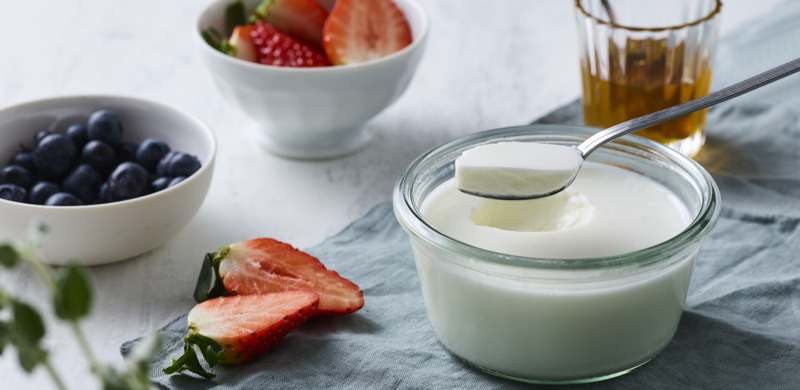
Yoghurt products can be produced with different viscosity, from high (spoonable) to low (drinkable).
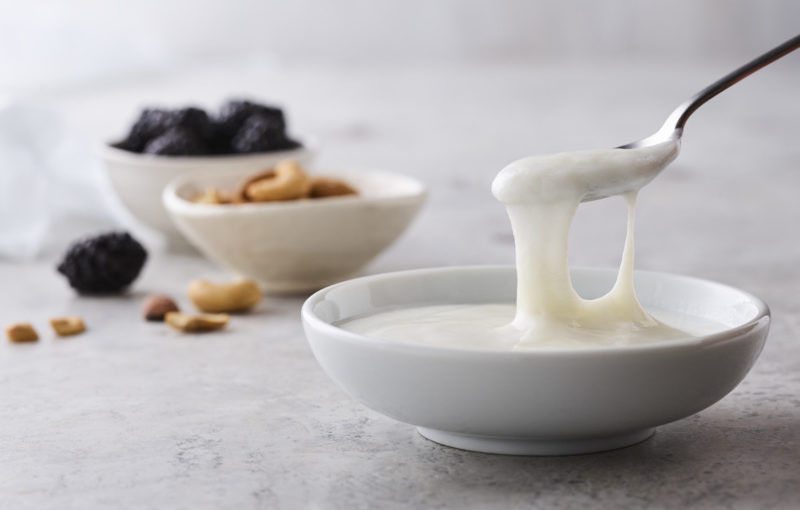
The fermented milk product called yoghurt always contains two different probiotic cultures: Lactobacillus bulgaricus and Streptococcus thermophilus. The European Food safety Authority (EFSA) has granted a general probiotic claim for yoghurt: “Live yoghurt cultures in yoghurt improve digestion of lactose in yoghurt in individuals with lactose maldigestion”.

Yoghurt can contain more and different live probiotic cultures that the L. bulgaricus and S. thermophilus. Look at the label to see the identification of the probiotics. It can be cultures like: L. acidophilus, L. casei, L. rhamnosus, Bifidobacterium animalis, Bifidobacterium bifidum. They can each have different benefits for you.
Fermented Milk Drinks

Fermented milk drinks are composite milk products. Bacteria are added to the milk, which causes a fermentation process in the milk. The final product has a large dose of lactic acid bacteria (probiotics) due to the fermentation process.
Probiotic Supplements
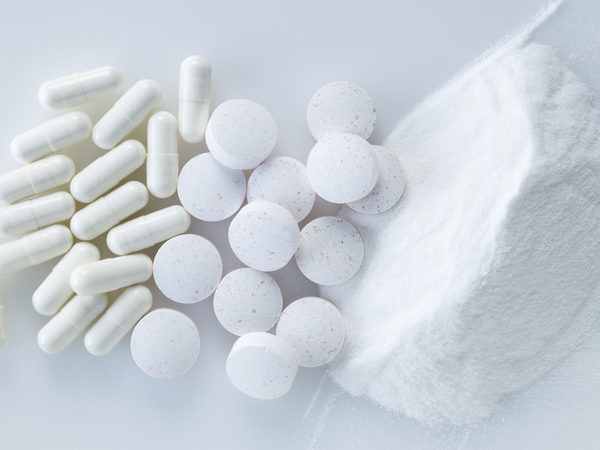
Probiotic cultures used in food supplements are usually in a dry form, and formulated in the appropriate galenic form, e.g. sachet, capsule, drops or tablets.
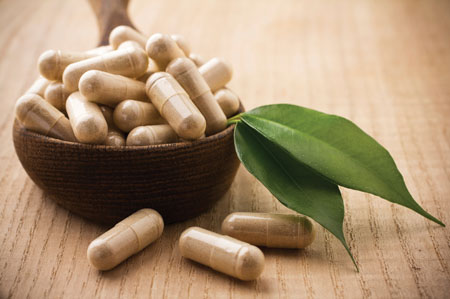
Different types of packaging can be used to protect the probiotic cultures against the environmental humidity, e.g. blisters or bottles. To keep the probiotic cultures alive, it is fundamental not to press the capsules out of the blisters until you are going to actually consume them. For bottles, the lid should always be put back on and tightened after use.
Probiotics packed in a blister
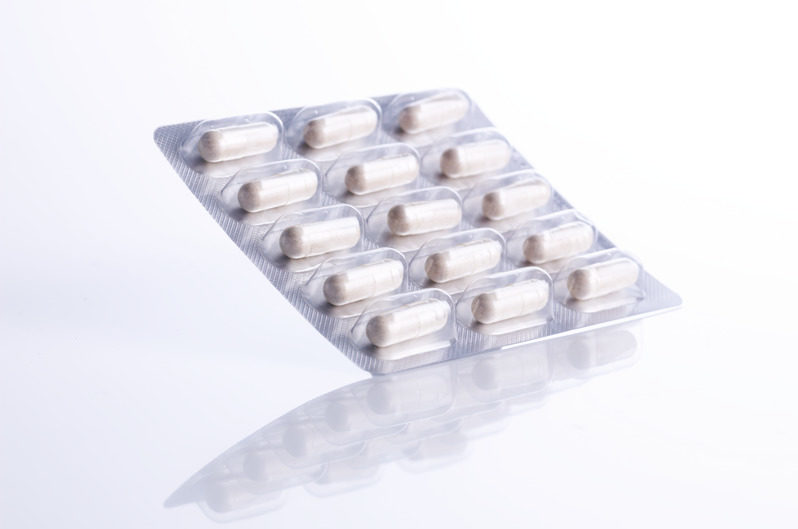
To keep the probiotic cultures alive, the capsules can also be packed in blisters where they are protected against the humidity in the air. It is fundamental not to press out the capsules until you are going to actually swallow the content.
How to choose a probiotic?
A useful video from the International Scientific Association for Probiotics and Prebiotics (ISAPP).